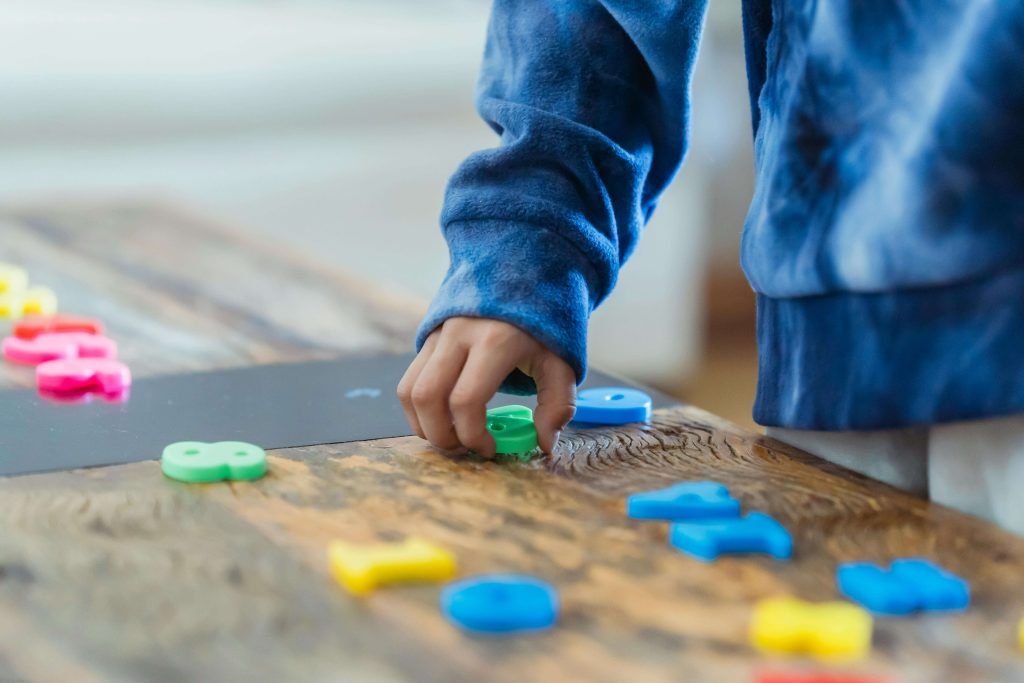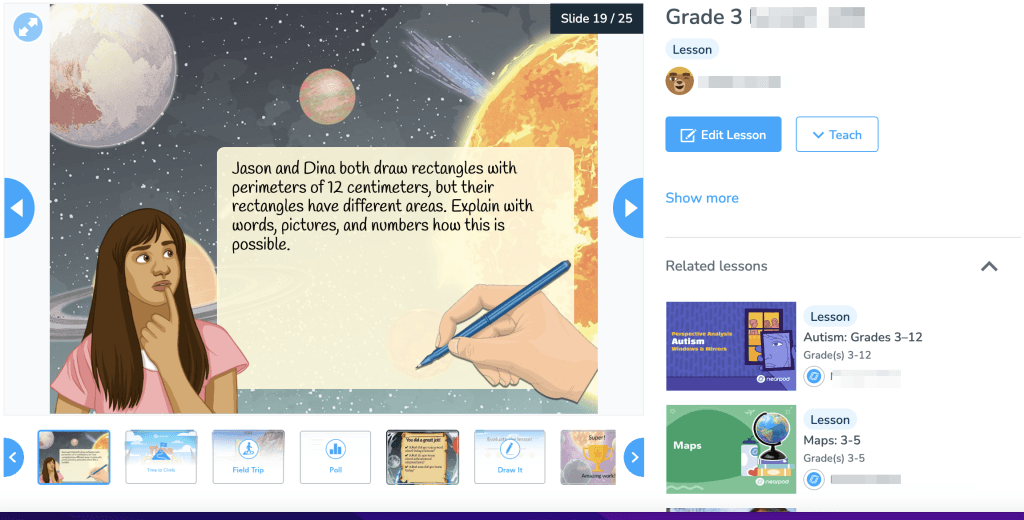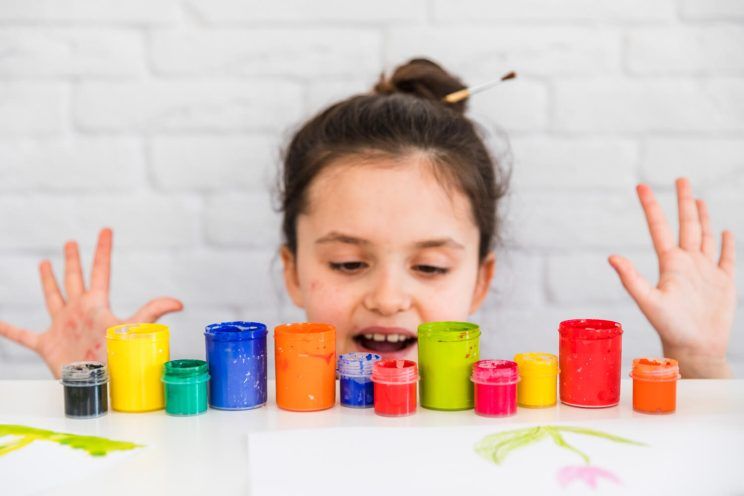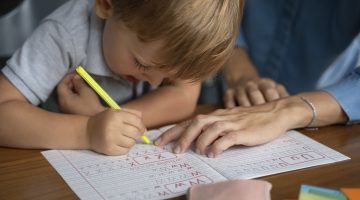0-9 Number Formation Rhymes: Fun Math Learning
reviewed by Jo-ann Caballes
Updated on March 21, 2025
Poems make learning easier, so why not use them to teach math? Especially when you need to explain number formation in kindergarten.
When hidden in catchy poems, number formation rhymes help kids memorize how to write numbers while having some fun. So check this article out to see the best number formation poems — and choose the one they like the most!
Why use number rhymes?
The main reason for using fun number rhymes is to give kids a self-help tool so they can master number formation skills independently. They are like a supplement to improve the learning process and cope with memorization problems.

5 key number poems 1-10 benefits
Being small and appearing not that serious, number formation rhymes are used to facilitate several learning problems, ranging from developing fine motor skills to better reading abilities.

Here is the full list of all the benefits such rhymes can provide:
1. Greater engagement
Poems are fun and catchy, so they can add a playful atmosphere to master number formation skills.
2. Language development
Poems about numbers go beyond exercising math. They introduce phonemic awareness, showing kids the way to language sounds.
3. Consistency in repetition
Each time you refer to a number poem, you create consistency in your learning process. Repetition leads to success.
4. Fine motor skills
Writing numbers is an exercise that involves fine motor movements to control the pen and make the correct shapes with it.
5. Timely support
Catchy rhymes provide timely support to a child who struggles with number formation without unnecessary control and pressure from parents or teachers.
How to use number poems
The exact way to use number writing poems depends on the tools you have and your imagination. Each class is different, but the key idea remains the same: you should make your teaching interactive.
At Brighterly, we adopt different interactive methods to help kids understand math concepts without developing math anxiety. Refer to our professional tutors anytime and see how our math lessons work!
8 tools you can use in the classroom to teach number formation
Here are some ideas you can apply when playing with number rhymes for writing numbers.
1. Sand, Sugar, Salt
Use sand, sugar, or salt to engage kids while learning number formation poems. Just prepare the materials in separate containers or put them on the tray, introduce each number, and practice writing them with a poem together!
2. Playdough
Playdough is another great tool for adding a tactile level to learning how to write numbers. For this material, it’ll be great to have number cookie cutters or stampers. This way, you can involve new fine motor skills to help kids remember number formation.
3. Colored pencils
Colored pencils or crayons are the simplest yet one of the most effective tools to practice number formation with number writing rhymes. You can also use colored chips for this goal — all of these tools help kids learn to rely on color and numeric systems independently.
4. Toys
Toy cars and dolls are the best friends for kids, so involve them in your number formation class!
If you don’t have enough toys to teach in class, you can purchase new ones for number counting and number recognition to help kids learn with fun.
5. Posters
With posters, you provide constant visual aids in your class to help kids memorize new math concepts. You can print numbers or number formation poems and hang them as posters on your walls. But don’t forget to ask kids to help you make them and decide where to put them!
6. Task cards
Task cards can work like personalized learning plans for each kid, and you can design them based on the problems you see in your class. For this, apply design principles and use free resources like Brighterly kindergarten math worksheets or buy ready-made task cards in a math center.
7. Fingerplays
Playing with fingers is a fun way to learn new things, and you can help kids memorize the lines and shapes needed to write a number with finger games. This way, they can develop a strong sense of numbers and recognize them more easily.
8. Online games
Online games may seem dangerous as a learning tool for math classes because they are a common distraction. However, they may be highly effective for practicing counting and writing numbers.
Try to find puzzles and activities specifically designed to help kids master number formation skills. At times, online games can be the best tools for coping with number formation and memorization.
Free number formation rhymes
Here are numerous free number formation poems containing rhymes that help in the process. No matter which you choose, stick to the basic principle: make the poem short and easy to follow while writing a number. Ideally, some hints should be hidden to guide the direction of a pen or pencil.
Number formation rhymes 1-10
Here are some cute number formation rhymes 1-10 you can use to teach kids how to write numbers from zero to ten.
Number rhyme for 0Make a circle |
Number rhyme for 1To make one |
Number rhyme for 2Two is easy: |
Number rhyme for 3Do you love me? |
Number rhyme for 4Line like one That is four! |
Number rhyme for 5Line like roof They make five |
Number rhyme for 6Start with zero |
Number rhyme for 7Draw the line Add a roof And you’ve got seven! |
Number rhyme for 8Circles kissing On a plate |
Number rhyme for 9Make a circle Add a line You’ve got a nine! |
Rhymes for writing numbers
You can create your own writing numbers rhymes or ask kids to make their own poems. Both ways, you will go one step further in helping kids master number formation and become confident and independent math learners.
By going away from templates and developing your own creating process with number poems, you effectively combine math and literature in one class. Feel free to try this approach with our rhymes for writing numbers!
5 best rhymes for zero:
- Hero
- Weirdo
- Dunno
- Sombrero
- Nero
5 best rhymes for one:
- Sun
- Fun
- Begun
- Everyone
- Croissant
5 best rhymes for two:
- Chew
- Due
- Shoe
- Taboo
- Breakthrough
5 best rhymes for three:
- Tea
- Sea
- Ski
- TV
- Guarantee
5 best rhymes for four:
- Door
- More
- Swor
- Decor
- Galore
5 best rhymes for five:
- Drive
- Arrive
- Alive
- Strive
- Fly
5 best rhymes for six:
- Fix
- Picks
- Sticks
- Risks
- Netflix
5 best rhymes for seven:
- Raven
- Haven
- Given
- Devon
- Graven
5 best rhymes for eight:
- Skate
- Late
- Date
- Plate
- State
5 best rhymes for nine:
- Wine
- Align
- Combine
- Valentine
- Refine
How Brighterly can help kids learn numbers in an interactive way
We at Brighterly believe that interactive methods are the best way to let kids love math and understand it. For this, we use various tools, ranging from math worksheets to interactive puzzles and games.

By referring to us, your kids will get personalized learning plans that already include all the interactive tools and fun poems we’ve described here.
Request your free demo lesson and have fun learning and understanding number formation and more complex math concepts!
How to teach math with number formation poems: 10 steps
If you want to include number poems in your teaching plan, here are all the preparation stages to follow and activities to include:
- Prepare your poems
- Introduce each number
- Practice writing in the air
- Introduce visual aids
- Add some fun
- Bring in technology
- Provide support
- Create math centers
- Use reference sheets
- Refresh the skill
1. Prepare your poems
Prepare the list of number formation poems 1-10 for starters (you can use our examples). Also, write down some additional helpful rhymes if you need to invent new poems on the go.
You can write them down, print them as colored posters, or prepare them as templates to color in class.
2. Introduce each number
The number introduction step is important because kids should know the numbers before learning how to write them. You can complete this stage with poems, so numbers become more fun from the starters.
3. Practice writing in the air
Ask kids to use their fingers to draw the numbers in the air. This trick helps to build confidence and rely on kinesthetic learning before writing numbers down with a pen or pencil.
It’s a low-stakes, multisensory way to develop a new skill without fear of making a mistake.
4. Introduce visual aids
Now that you’ve introduced poems and number formation tasks, it’s time to add visual aids to your class. You can rely on colored tagboards and posters.
Encourage kids to look at the visual aids each time they are about to make the next move so they grow their confidence they do things right and can make independent decisions in the future.
5. Add some fun
Kids have already made significant progress, so it’s time to have some fun! Introduce some games, kinesthetic exercises, or simply take a break so their mind switches to another activity.
6. Bring in some technology
After a break, it’s natural for kids to forget what they’ve just learned and struggle with number formation. That’s why this stage is the best time to introduce technology to remind number poems and make number formation more engaging and interactive.
7. Provide support
You can switch from teaching to supporting kids in learning number formation independently at this stage. Also, it’s worth sharing number poems with parents so they can help kids memorize the rhymes while studying at home.
8. Create math centers
When the number formation skill is learned, you can start introducing it into other math activities for repetitive practice.
9. Use reference sheets
Provide kids with reference sheets to refresh their knowledge. You can do this once you feel you haven’t repeated number formation skills often enough for consistency.
10. Refresh the skill
Repeat number poems to kids consistently so they don’t lose the skill with time. That’s important to refresh any skill from time to time.
Conclusion
Number formation rhymes are interactive tools to help kids learn how to write numbers, and they can use this skill as the basis for mastering more complex math concepts. In general, poems are a great tool to improve math knowledge along with fine motor and language development skills.
The exact tools and poems you’ll use depend on your capabilities and imagination. You can rely on colored pencils or online games and use our poem example or develop your poems with the rhymes we’ve offered for each number.
No matter what you choose, try to adopt a systematic approach to learning numbers, starting from number recognition to constant skill refreshment.
And always have fun! Because for us at Brighterly, math is always fun.















